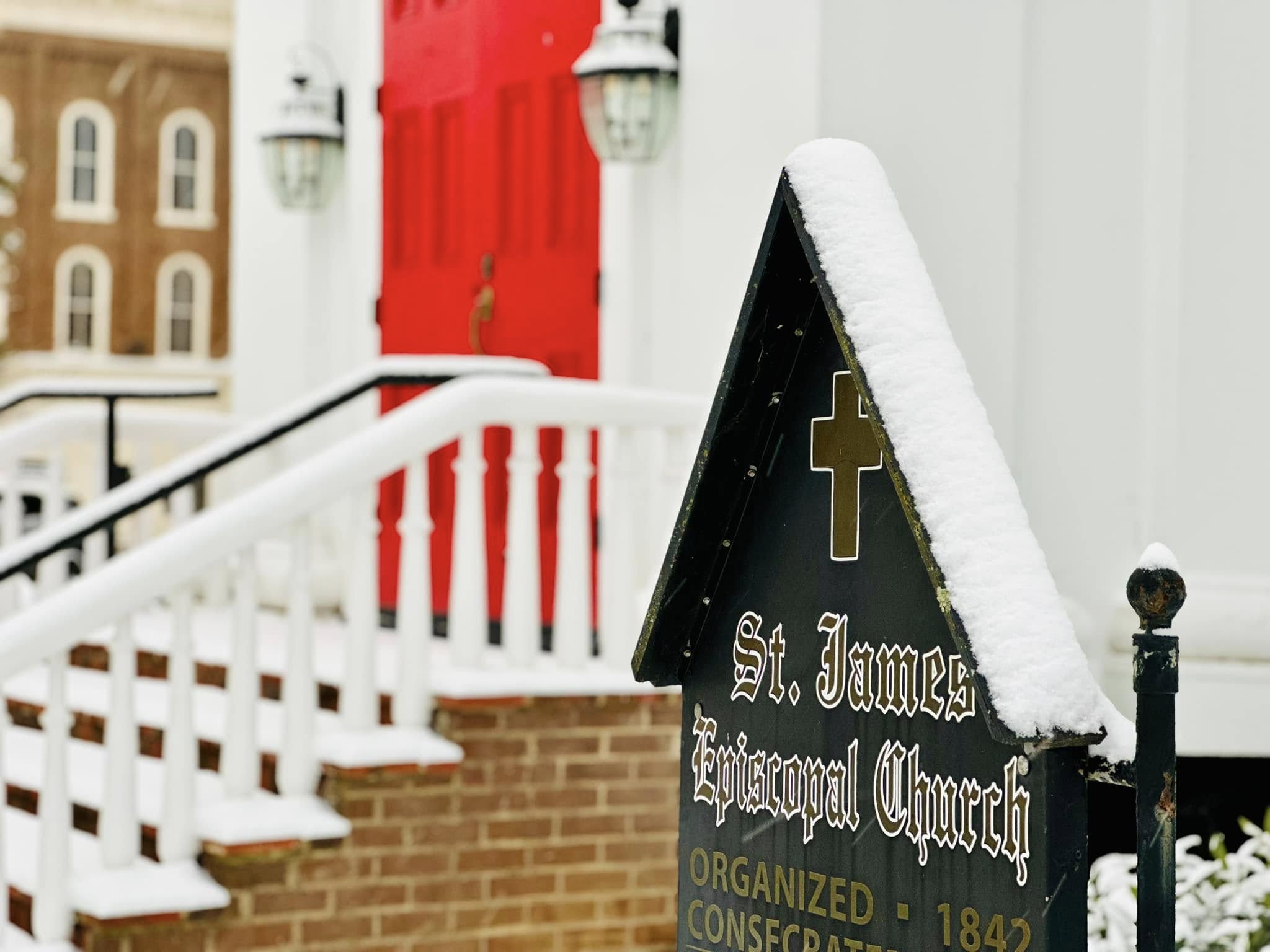
St. James Son of Zebedee Icon
You’ve probably seen scallop shells all over our website,
and you’re asking yourself, “Why the scallop shell?”
Hopefully, this will help explain it.
A Little About St. James the Apostle
As Bible stories suggest, St. James the Apostle and his brother John (the Evangelist) were fishermen and among the first disciples of Jesus. Some scholars believe the Sons of Zebedee (James & John) were related to Jesus by their mothers, thinking that Salome and Mary were sisters. James and John were disciples of John the Baptist (also a cousin of Jesus) until Jesus called them to follow him. Both were highly emotional followers whom Jesus sometimes rebuked for their sense of ‘spiritual ambition’ and their non-peaceful ideas about how their enemies ought to be dealt with.
Jesus gave James and his brother John the name Boanerges, which means “Sons of Thunder” (Mark 3:17). This is the only place in Scripture that mentions the designation of the sons of Zebedee as the Sons of Thunder. There is no stated explanation as to why Jesus named them this. However, Jesus has a purpose for everything He does, so He must have had a good reason for dubbing James and John as “Sons of Thunder.” One can speculate that they earned their name, ’Sons of Thunder.’ Anger was one of their character traits that had to be rectified during their journey with their holy teacher. Records suggest that they were not always popular with the other disciples, as there was often jostling for positions of authority within the circle. As family members, James and John were held up as somewhat more ‘special’ by some followers outside of the close group of disciples, which didn’t go down well with the others. They also quarreled that they were entitled to sit at the side of Jesus in the Kingdom of Heaven, and they subsequently learned from their Master that their place at his side had to be ordained by a higher power and that it had to be earned through the sacrifice of the ego. Disciples were just that: they were pupils at the feet of a Master and had to humble themselves in service to others.
 After the death of Jesus, St. James took his ministry to the Iberian Peninsula and, to this day, is considered the Patron Saint of Spain. During his ministry, it is said that the Virgin Mary appeared to St. James on the bank of the Ebro River. He beheld a vision of her upon a pillar named the Nuestra Señora del Pilar. Today, the pillar can be found in the Basilica of Our Lady of the Pillar in Zaragoza, Spain. He is recorded as being the first martyr amongst all the disciples of Jesus, having been put to death by beheading by Herod Agrippa in AD 44.
After the death of Jesus, St. James took his ministry to the Iberian Peninsula and, to this day, is considered the Patron Saint of Spain. During his ministry, it is said that the Virgin Mary appeared to St. James on the bank of the Ebro River. He beheld a vision of her upon a pillar named the Nuestra Señora del Pilar. Today, the pillar can be found in the Basilica of Our Lady of the Pillar in Zaragoza, Spain. He is recorded as being the first martyr amongst all the disciples of Jesus, having been put to death by beheading by Herod Agrippa in AD 44.

St. James Sepulcrum (Santiago el Mayor), Santiago de Compostela, Galicia, Spain, Europe
The body of James was taken to Compostela, in the province of Galicia, in Spain, where his grave is very famous and has become one of the chief pilgrimage destinations. Multitudes of pilgrims from all parts of the earth go there to pray. The birthday of James is kept by the Church upon this day, which is that of bringing his body to Compostela. It was about Easter-time (Acts 12:2-4) that he bore witness to Jesus Christ with his blood at Jerusalem, being the first of the Apostles to do so.
St. James and the Scallop Shell
Having been a fisherman in Galilee and having taken the road that helped him discover his spirit, the Scallop Shell is the emblem of St. James, and its symbolism relates to two layers of the human condition: the physical and the spiritual. St. James was an ordinary pilgrim like the rest of us. He walked a long, difficult road with Jesus; his raging emotions imprisoned him, and he went through metaphoric fires to free himself and discover the vastness of his spirit. He learned how to live an authentic, peaceful life and shared his lessons with others.
 Today, we make a similar journey to St. James. On the physical level, we “pilgrims” come from all walks of life, departing from different points and making different types of pilgrimages in life as we come to know Jesus as Lord and Savior.
Today, we make a similar journey to St. James. On the physical level, we “pilgrims” come from all walks of life, departing from different points and making different types of pilgrimages in life as we come to know Jesus as Lord and Savior.
The Way of St. James
Folks have walked the pilgrim’s journey, the Way of St. James, to Santiago de Compostela, beginning at different points. Some stroll, others challenge themselves by walking fast and giving themselves goals. Some ride bicycles and some go on horseback. Some walk the Camino in stages, and others walk a little and bus a little. This is not unlike the path we traverse in life.
On a spiritual level, we are all undertaking unique journeys governed by the lessons we need to learn and the people we are evolving into. No two pilgrims are alike, and though we may walk the same roads on the outside, our inner pathways wind through very different emotional landscapes.
The Scallop Shell
The Scallop Shell has many grooved lines that lead from the outer rim to a meeting point at the base. The shell represents the many different spiritual/religious/humanist pathways that lead to the same place, the universal center of all life forms, the spirit, the soul.
 When pilgrims who walk the Camino carry the Scallop Shell, it represents their journey, the sacred path we all must take. We are all on the outer rim of the spirit, struggling to find our way back to God, our center. The Scallop Shell reminds us why we are walking, especially when the journey feels too complicated, and we want to give up. It reminds us to focus on our journey only and that each person has their journey to travel and their story unfolding. It reminds us that we are all ultimately one sacred soul and that each of our roads leads us back to each other.
When pilgrims who walk the Camino carry the Scallop Shell, it represents their journey, the sacred path we all must take. We are all on the outer rim of the spirit, struggling to find our way back to God, our center. The Scallop Shell reminds us why we are walking, especially when the journey feels too complicated, and we want to give up. It reminds us to focus on our journey only and that each person has their journey to travel and their story unfolding. It reminds us that we are all ultimately one sacred soul and that each of our roads leads us back to each other.






